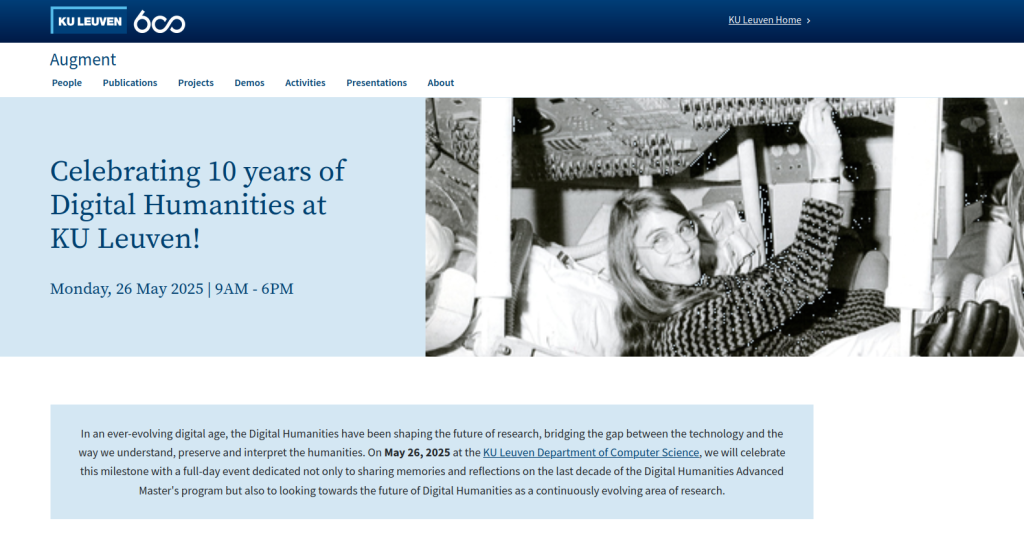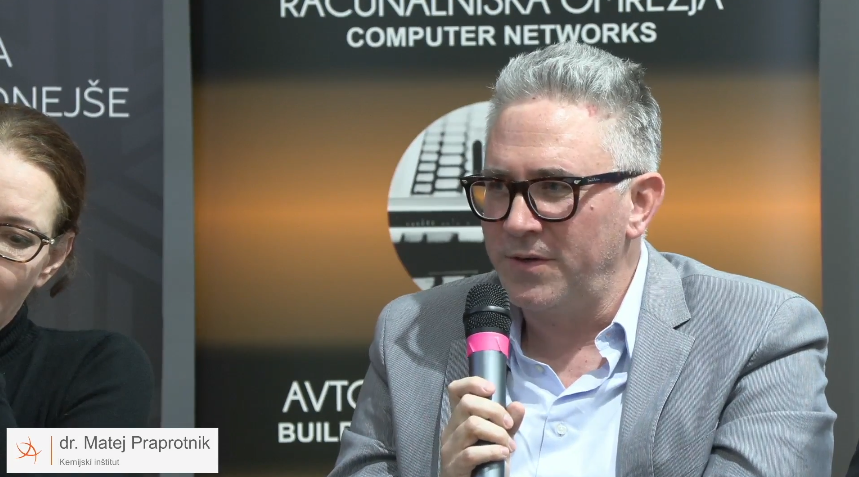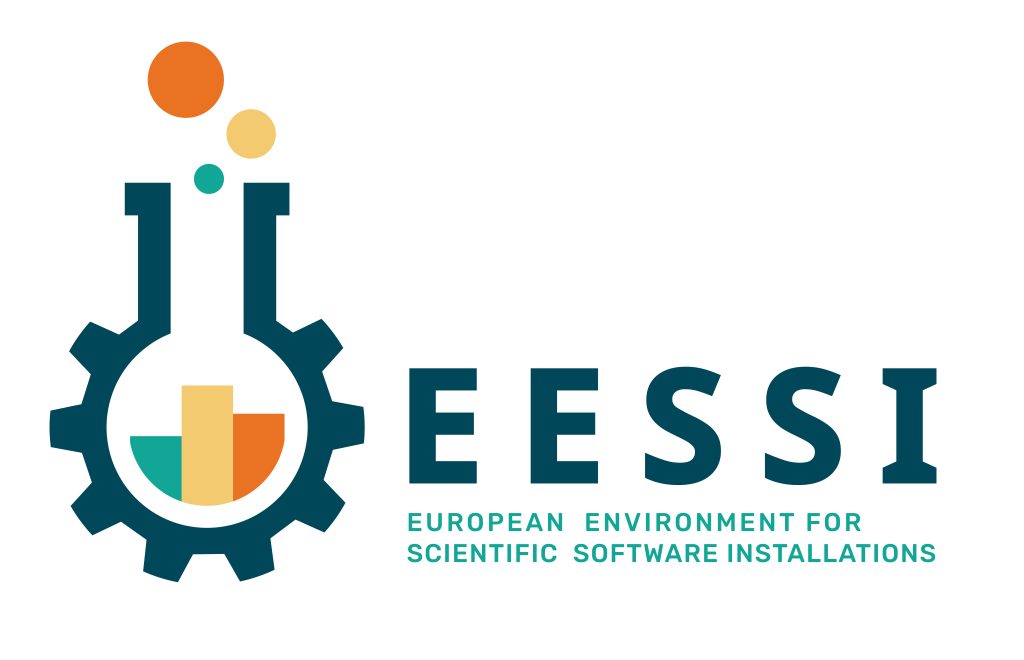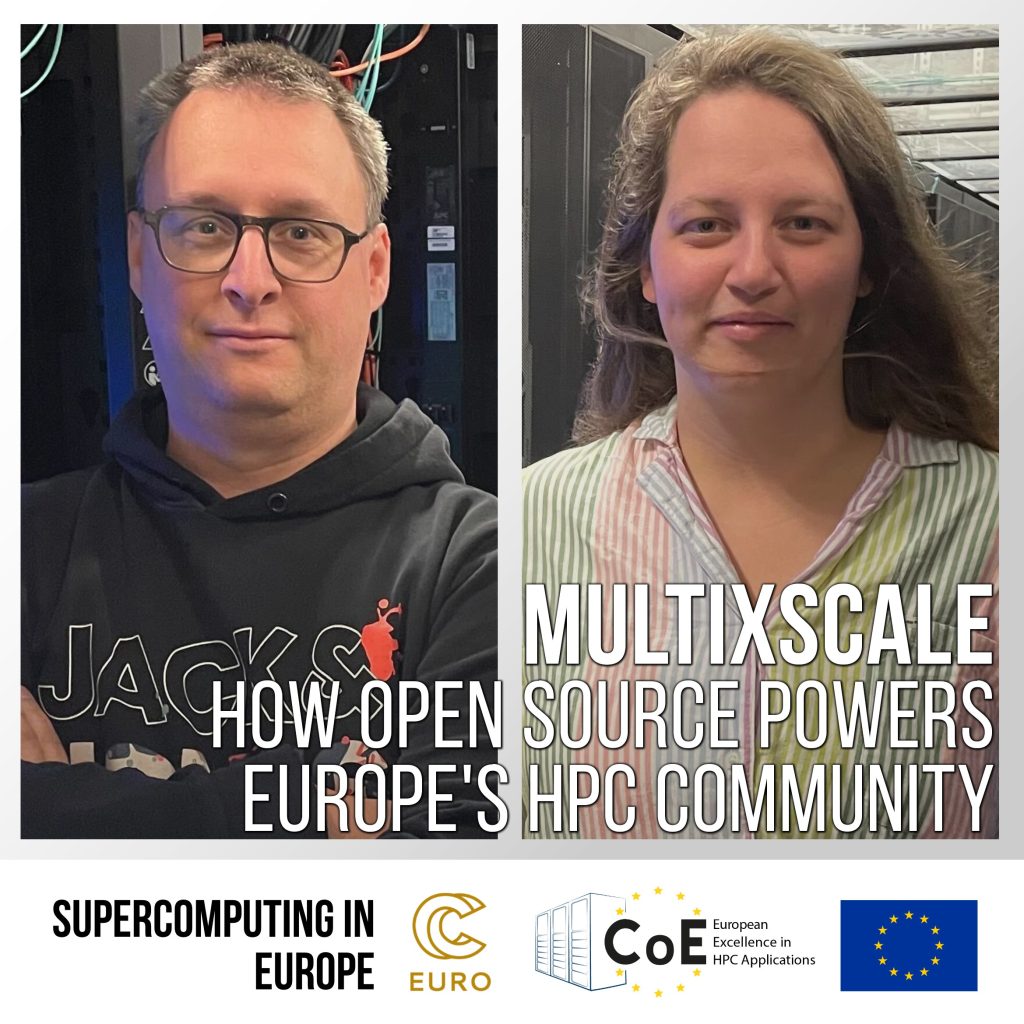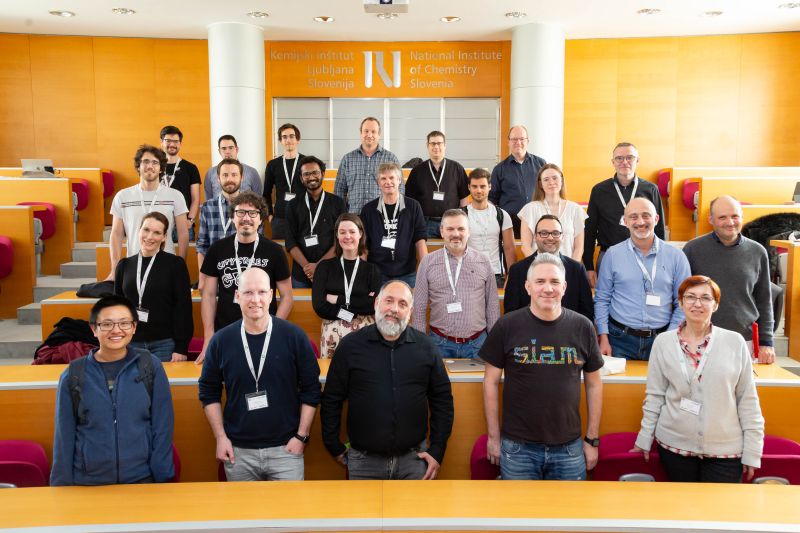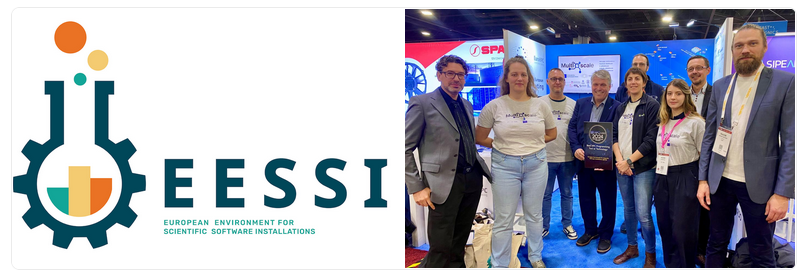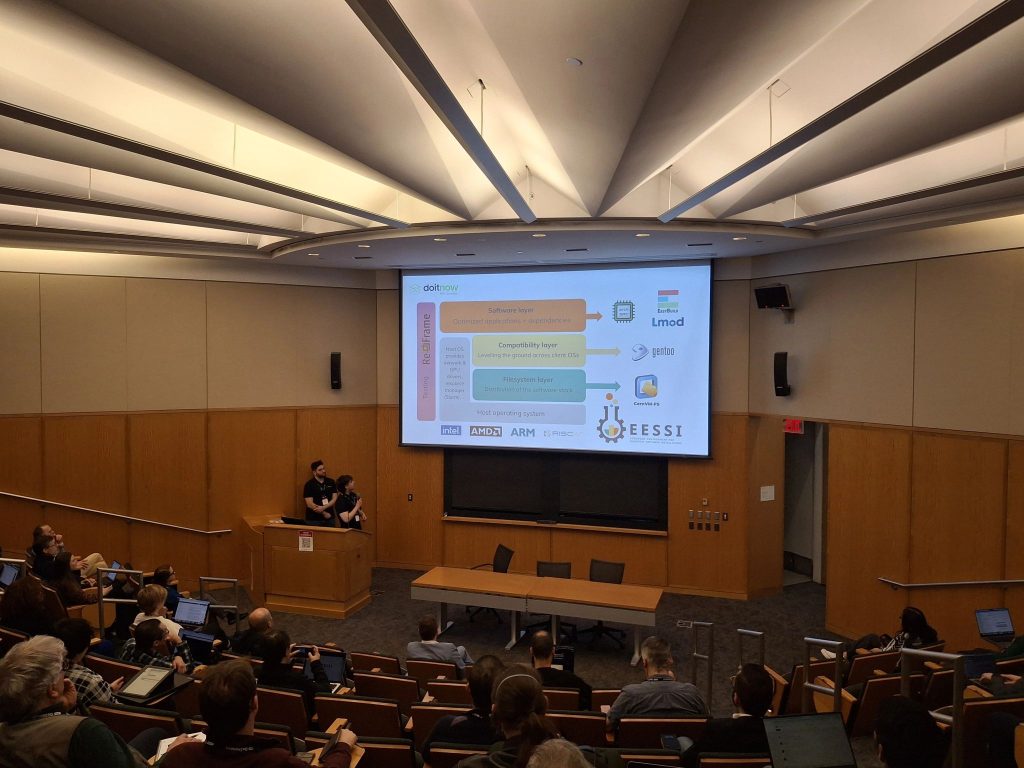CECAM Workshop – Modeling & Simulation of Fluid-Structure Interactions Across Scales April 8, 2025 – April 11, 2025 Registration deadline: April 7, 2025 Location: CECAM-IT-SISSA-SNS, National Institute of Chemistry, Ljubljana, Slovenia Hosting node: CECAM-IT-SISSA-SNS Organisers: In today’s world, the modeling and simulation of complex systems span a wide range of disciplines, from biology and chemistry to engineering and beyond. Understanding these systems requires a multiscale approach that integrates knowledge from various levels of organization, from molecular interactions to macroscopic behavior. This approach is crucial for tackling challenges in diverse fields such as bioliquids, energy storage devices, and helicopter dynamics. In the realm of bioliquids, such as biomolecules and cellular components, multiscale modeling plays a pivotal role in unraveling the complexities of biological processes. From protein folding to membrane dynamics, researchers employ techniques ranging from atomistic simulations to coarse-grained models to capture the intricate interplay of molecules within cellular environments. These models not only enhance our fundamental understanding of biological systems but also have practical applications in drug design and personalized medicine. Similarly, the design and optimization of batteries demand a multiscale perspective to address issues ranging from electrode materials to system-level performance. Atomistic simulations provide insights into the behavior of ions and electrons within electrode materials, guiding the development of novel chemistries with enhanced energy storage capabilities. Meanwhile, continuum models facilitate the prediction of battery performance under various operating conditions, aiding in the design of safer and more efficient energy storage devices. In the field of helicopter dynamics, multiscale modeling enables engineers to simulate the interaction between aerodynamics, structural mechanics, and control systems. By integrating these disparate disciplines, engineers can optimize helicopter design for improved performance, maneuverability, and safety. Despite significant advancements, multiscale modeling of complex systems still faces challenges. Bridging the gap between different scales, accurately representing system dynamics, and incorporating uncertainty remain areas of active research. Furthermore, the increasing complexity of modern systems demands innovative computational techniques and interdisciplinary collaboration. In conclusion, the state of the art in multiscale modeling and simulation of complex systems encompasses a diverse range of applications, from bioliquids and batteries to helicopters. By integrating knowledge across multiple scales, researchers strive to unravel the mysteries of nature, optimize technological innovations, and address pressing societal challenges. To register and more details, please visit this link

